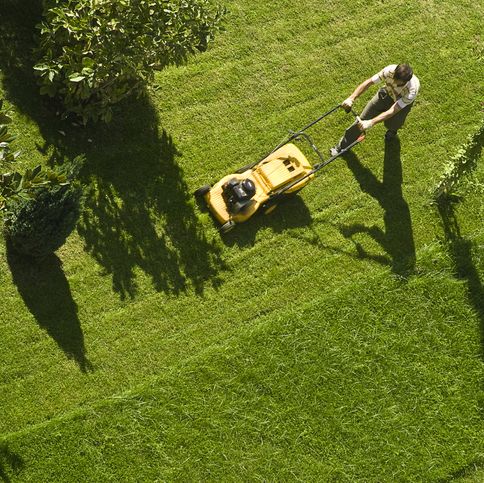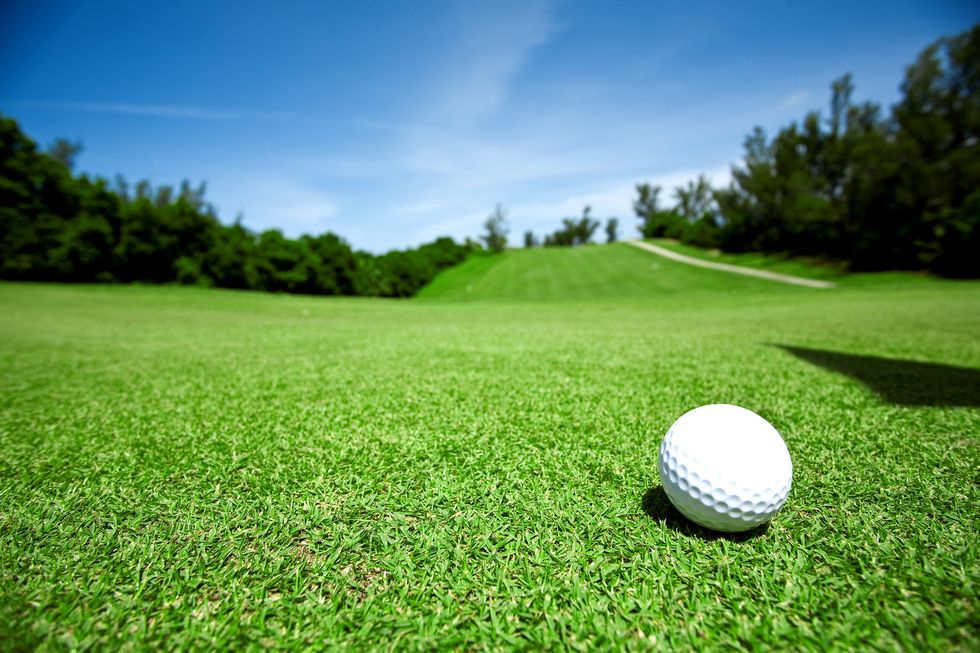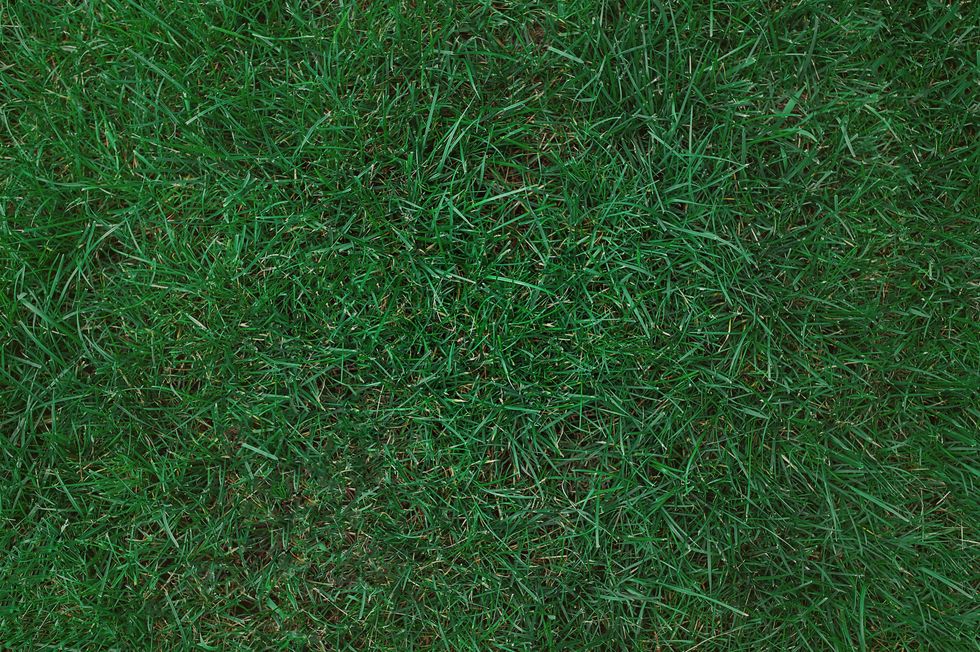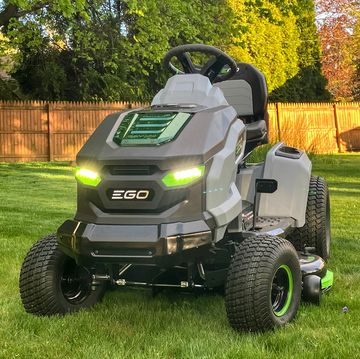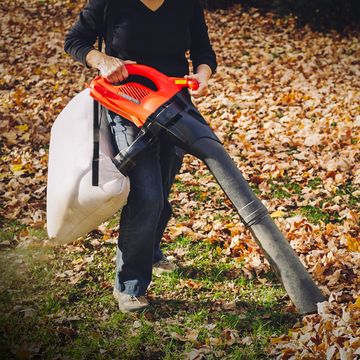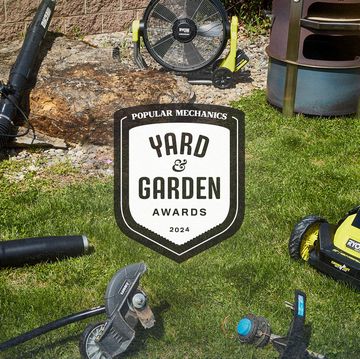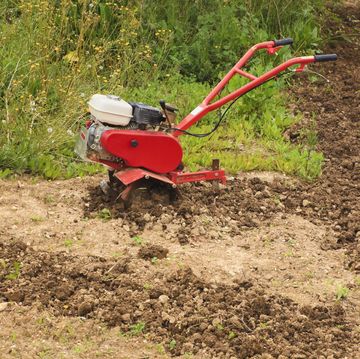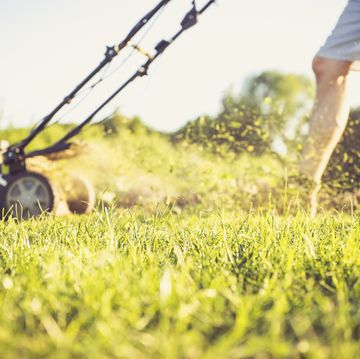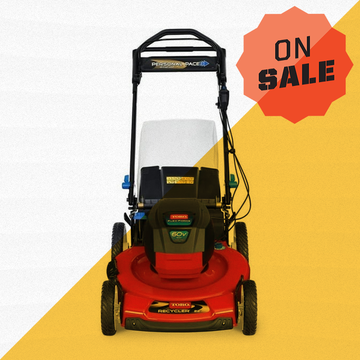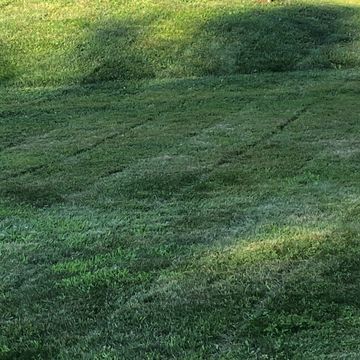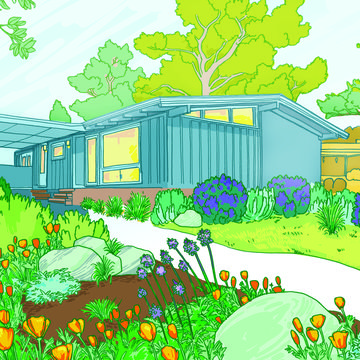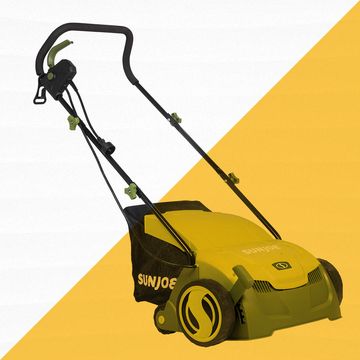Growing and maintaining a healthy, green lawn doesn’t have to be a time-consuming, laborious chore. Other than mowing regularly and occasionally applying a fertilizer, lawns are actually pretty low maintenance, and most lawns can thrive with little more than healthy soil, sunshine, and a little rain. That is, if you plant the right type of grass seed for your particular region of the country.
There are more than a dozen different types of grasses, and many lawns contain a mixture of two or more types. Turf grasses fall into two basic categories:
Warm-season grasses thrive in warmer climates, such as the southern, southeast and Gulf Coast regions of the U.S.
Cool-season grasses are best suited for regions that experience cold winters and widespread temperature fluctuations, such as those states located in the north, northeast, upper Midwest and the Pacific Northwest.
Here are descriptions and details on the best types of grass to grow in different parts of the country. For more specific information for your region, contact a nearby university extension office or local nursery.
🛠 You love DIY projects. So do we. Let's build something cool together.
Warm-Season Grasses
- Bermuda grass has dark green pointed leaves and a vibrant root system of rhizomes and stolons that spread out both below and above the ground. As a result, Bermuda grass forms a thick, dense lawn. It must be watered frequently, but can withstand being cut very short, reducing the number of times you must mow throughout the summer.
- Centipede grass has light green, notched leaves. It grows using stolons, so it spreads horizontally across the soil, creating dense turf. As with Bermuda grass, centipede grass grows low to the ground and requires less frequent mowings. However, it’s not very well suited for extremely dry regions, unless it’s watered often and consistently. Centipede grass requires less fertilizer than most warm-season grasses, and it can withstand acidic soil.
- St. Augustine grass is a slow-growing variety type of grass that has wide, coarse leaves with slightly rounded tips. It’s extremely resilient and heat resistant, making it popular throughout the Gulf Coast, especially Florida. It needs to be watered often, but it can survive heavy downpours that are common in the southeastern region of the U.S. And while St. Augustine grass isn’t as soft and cushiony as some types, it stands up well to heavy foot traffic and mechanized lawn equipment, and it can grow in sandy soil.
- Zoysia grass shares some characteristics with St. Augustine grass. It’s slow growing, prefers full sun, and produces stiff, coarse leaves. But zoysia grass can be watered less often and it usually turns dormant—and brown—during extended cold spells. But it’ll turn green again once the weather warms up.
- Dichondra isn’t a type of grass, but I included it here because it’s a warm-season species that’s often planted instead of grass in some western and southwestern states. Dichondra is a small flowering plant that’s related to morning glories. It has creeping stems that produce closely spaced round, bright green leaves. Dichondra must be fertilized regularly, but it can be mowed just like grass to maintain a trimmed, neat appearance.
Cool-Season Grasses
- Fine fescue grass is a fast-growing plant with very thin, pointed leaves. It can’t endure extended periods of extremely hot, dry weather, but it’s ideal for northern climates because it tolerates temperature swings and does well in both full sun and shade. This is an ideal seed to plant under trees. Note that there are different species of cool-season fine fescues, so be sure to plant one that’s recommended for your specific region. And fine fescue is also commonly used in seed mixes, often blended with bluegrass and ryegrass seeds.
- Kentucky bluegrass is perhaps the most popular of all cool-season grasses. Many northern sod farms grow Kentucky bluegrass because it’s a reliable crop that produces healthy, hearty lawns. It has beautiful dark green, V-shaped leaves that are soft, yet resilient to foot traffic and lawnmowers. Kentucky bluegrass grows strong and quickly due to a robust root system of underground rhizomes. In fact, it’s known to be “self-repairing,” meaning that it quickly overgrows damaged areas. It tolerates both sun and partial shade, but struggles in heavily shaded areas.
- Perennial ryegrass has very thin, soft, pointed leaves, but is surprisingly resilient to foot traffic. It’s popular because it does well in sun and shade, and it germinates quickly and becomes established faster than other cool-season varieties. Perennial ryegrass is commonly found as part of a grass-seed mix; it’s often mixed with Kentucky bluegrass seed to produce a lawn that’s more shade tolerant. One drawback is that ryegrass tends to grow thicker in some areas than others, creating green clumps that make a lawn look a little patchy.
- Tall fescue stands up to hot, dry weather much better than other cool-season grasses, and its thick, coarse, dark green leaves can withstand heavy foot traffic and mechanized lawn equipment. And like ryegrass, tall fescue will occasionally grow in isolated thick dark green bunches.
Joe is a former carpenter and cabinetmaker who writes extensively about remodeling, woodworking, and tool techniques. He has written eight books and is a contributing editor to Popular Mechanics. He also appears on the Today’s Homeowner TV show, and co-hosts the weekly Today’s Homeowner Radio Show. Joe writes from his home in Roxbury, Connecticut.
